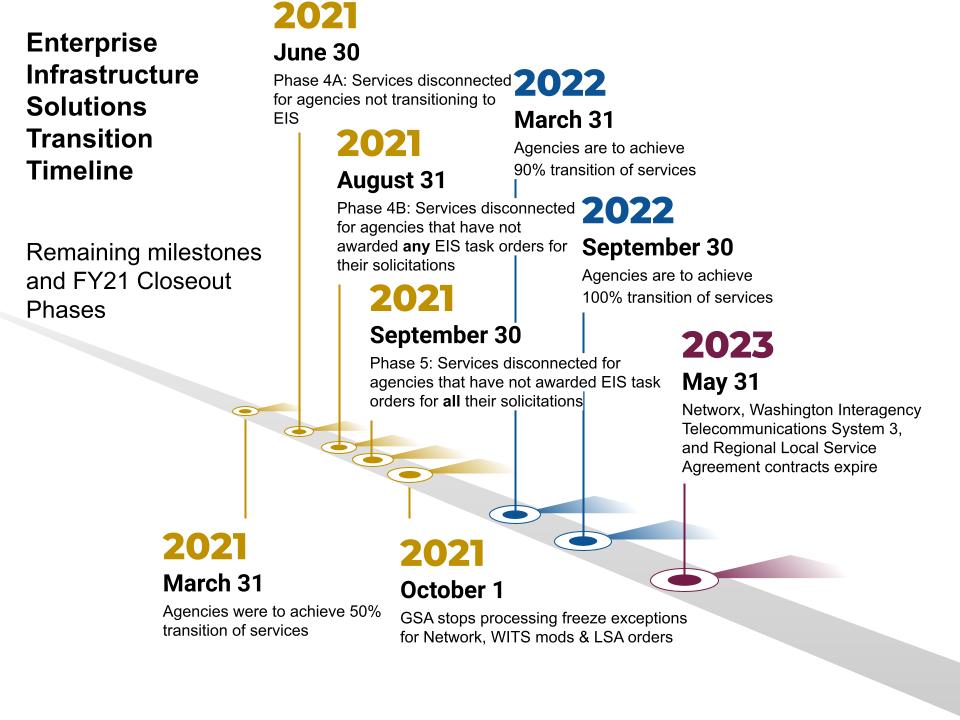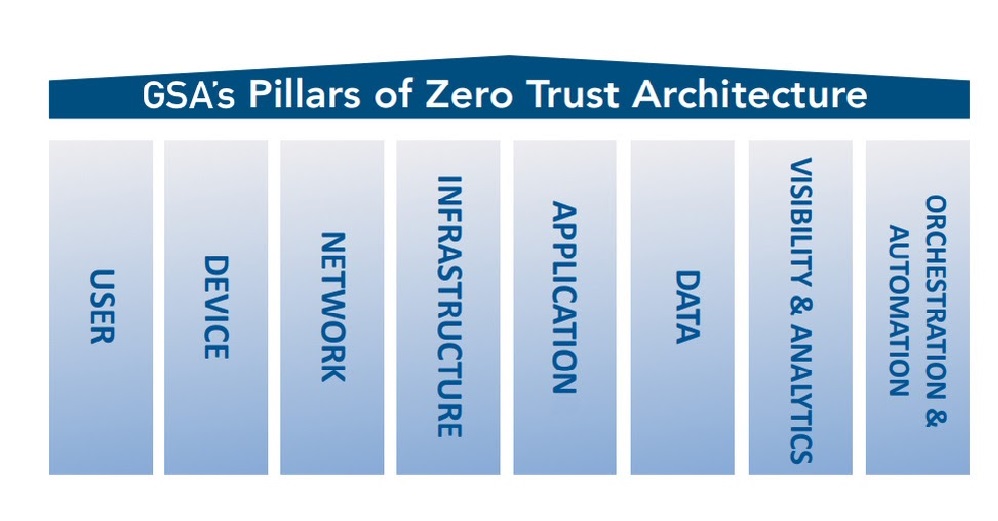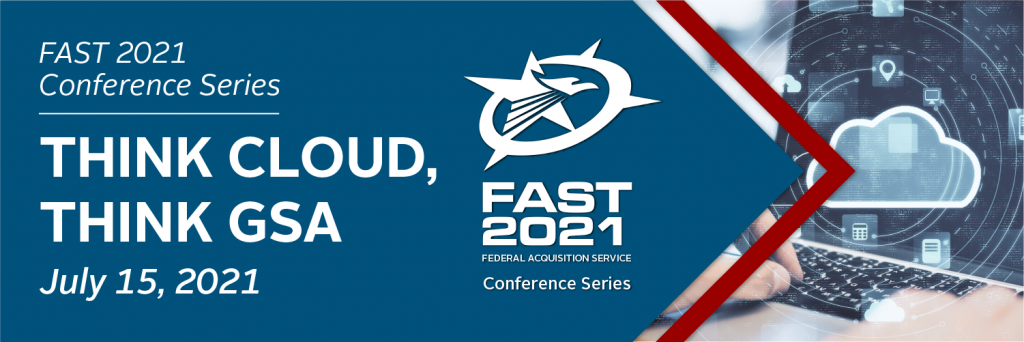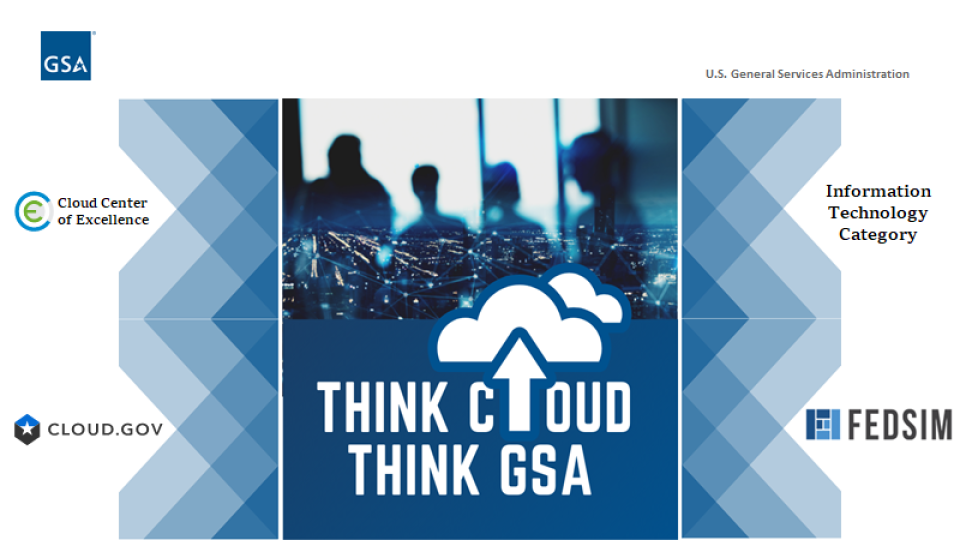We’re proud of the work we do to support agency missions at GSA, and we recognize the very important role small businesses play in making that a reality.
GSA’s GWAC heritage
We’ve promoted the growth of the small business community in the US for decades. Through GSA’s Governmentwide Acquisition Contract (GWAC) program, we have built a solid foundation that connects the small business community to the federal IT market, promoting access to innovation, and supporting job creation nationwide. For decades, the GSA GWACs have served as a springboard for companies to grow and create jobs and opportunities.
Since the late 1990s, GSA’s GWACs have served as a gateway for federal agencies to access highly qualified information technology (IT) vendors. And, since their inception, customers have relied upon our small business GWACs to fulfill over $27 billion in IT requirements for agencies across government.
Small Business GWACs serving your mission
We want to keep improving on these important solutions to ensure they remain the contracts of choice for our industry partners and customer agencies. We’ve been hard at work on our current and next generation of contracts.
8(a) STARS III successfully launched (with more awards to come) this summer with a 5-year base period, 3-year option, and a $50 billion ceiling to give agencies plenty of runway into the future. This is a big deal for the Small Disadvantaged Businesses (SDB) community and we’re excited to see how they turn these opportunities into great outcomes! Even though 8(a) STARS II has officially sunset, existing task orders will continue being worked for several more years.
VETS 2 is humming along. With a little over three years of performance so far the contract already has $1.68B in total estimated value from 122 task orders. Agencies depend on VETS 2 every day to meet their missions.
With the creation of Polaris, our next small business GWAC, we’ll build on the success of these programs and become the first GSA GWAC to feature multiple socioeconomic groups through a single offering.
Polaris, a bright future
Polaris will bring innovation to the small business community, federal agencies, and the acquisition workforce leading to substantial benefits to small businesses, improved technology for federal agencies, and greater flexibility for acquisition professionals across government.
Polaris will also drive progress on important public policy objectives including the President’s Executive Order 13985 On Advancing Racial Equity and Support for Underserved Communities Through the Federal Government. Initial priorities on Polaris will be the creation of pools to accommodate set-asides for small businesses; women-owned small businesses (WOSB); service-disabled, veteran-owned small businesses (SDVOSB), and businesses located in HUBZones to help deliver on their mission and meet their socio-economic goals.
We are developing a dynamic contracting program that provides flexibility to establish additional industry partner pools on Polaris in the future as we continue to assess technology trends and changing customer needs.
The resulting approach incorporates feedback from agencies and industry, and includes ways to ensure that the technology remains relevant and the latest acquisition policies are used.
Through Polaris, we will:
- Establish a pre-qualified industrial base that government agencies can tap into with confidence and ease
- Bring multiple socioeconomic categories onto one vehicle to provide agencies with convenient access to small disadvantaged IT service providers
- Enable agencies to acquire state-of-the-art IT services in a compliant and cost-effective manner
The overarching strategy shaping our approach to Polaris includes:
- Providing greater opportunities to small businesses by removing barriers to entry and providing additional training and engagement with industry
- Supporting greater equity in government contracting
- Connecting agencies with highly qualified technology providers
- Improving ease of use for agencies, industry partners, and GSA employees
Key Polaris features that we’re aiming for:
- Periodic refreshment of the industrial base through on-ramps
- Access to emerging technologies
- No-price awards with pricing negotiated at the task order level — to promote competition.
- Inclusion of a technical refresh clause that can be triggered as needed to adapt to customer needs.
- Support for IT modernization and emerging technologies capabilities by offering the latest in cloud offerings from storage services to quantum computing services
- Catalog of service offerings
- A maximum 10-year ordering period
- No contract ceiling
- Leverage the cloud business model for service offerings
Polaris will also include supply chain risk management (SCRM) and cybersecurity requirements similar to those that were included in the 8(a) STARS III GWAC.
Polaris will support GSA’s goals to help agencies reach their sustainability goals, reduce the environmental impact of the federal government, make the work environment more sustainable and environmentally friendly, and protect the environment by fostering markets for sustainable IT technologies and services.
Many of you have had questions about how teaming arrangements and joint ventures will work on Polaris. In a soon-to-be-released update to our draft solicitation, we’ll be including guidance on how joint ventures will be scored.
Navigating the Future
As we work to bring Polaris to market we have a very busy fall season lined up.
We’re working to release an updated draft of the Polaris solicitation for sections L and M and the scorecard, and we’ll welcome your feedback on those. Keep an eye on our Small Business GWAC Community of Interest page for that.
We met with our VETS 2 Industry Partners about the inclusion of an SDVOSB pool on Polaris and we’re actively gathering their input.
GSA’s Office of Small and Disadvantaged Business Utilization is hosting an event on Wednesday, September 29th: Small Business Works 2021: Level Up & Network Series. Be sure to catch it.
We’re also planning a focused GSA Polaris Industry Forum for Wednesday, October 20th, and we encourage our small business industry partners to attend. Register Here
Finally, we’re aiming for the final Polaris solicitation to be released in short order with a pre-proposal conference to follow shortly thereafter.
I’m so proud of the work that our team has done on our small business GWACs, and we really couldn’t be more excited for what the future holds. Stay tuned to our Small Business GWAC Community of Interest page on GSA Interact for the latest updates.



